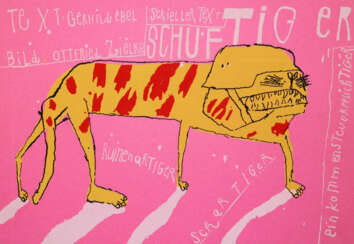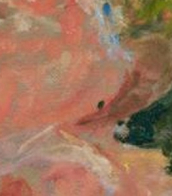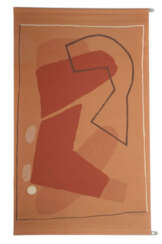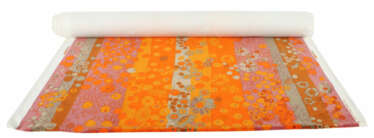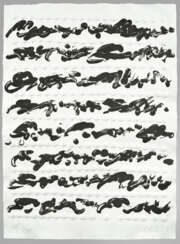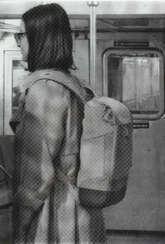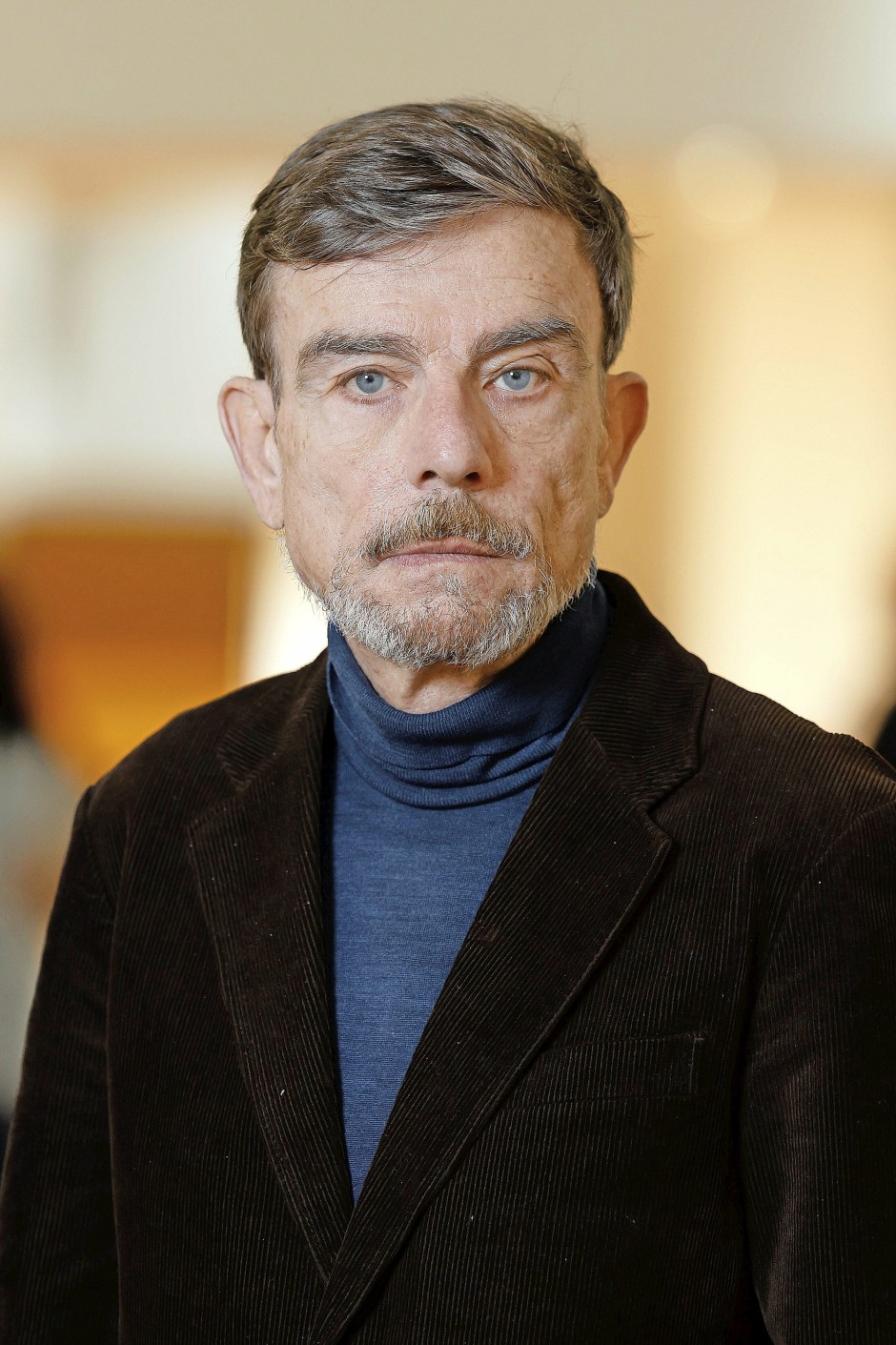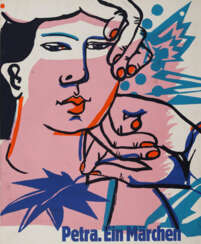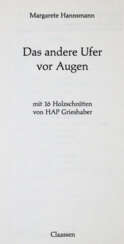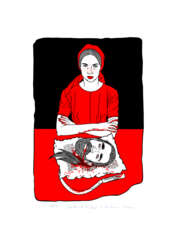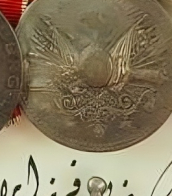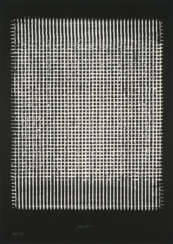35 Items by auctions and galleries:
siebdruck
Judith with the head of Holofernes
Sviatlana Petushkova (b. 1990)  Shop Petushkova Sviatlana
Shop Petushkova Sviatlana

Sviatlana Petushkova
11.07.1990
Byelorussia
Я художник график из Минска, куратор Белорусского Дома Графики и мастер печатник.
Я имею высшее художественное образование, регулярно участвую в выставках с 2006 года.
В основном я работаю в печатных графических техниках, таких как офорт, литография, шелкография, но иногда эксперементирую с живописью.
Мои работы концептуальны, в них я рассуждаю о реалиях современного общества, его нравах и заблуждениях, поднимаю актуальные проблемы современности.

Artist shop
Petushkova Sviatlana
Byelorussia
Number of products: 4
Lot 593 Blinky (Peter Heisterkamp) Palermo. Graue Scheibe, blaues Dreieck
Blinky Palermo (1943 - 1977) 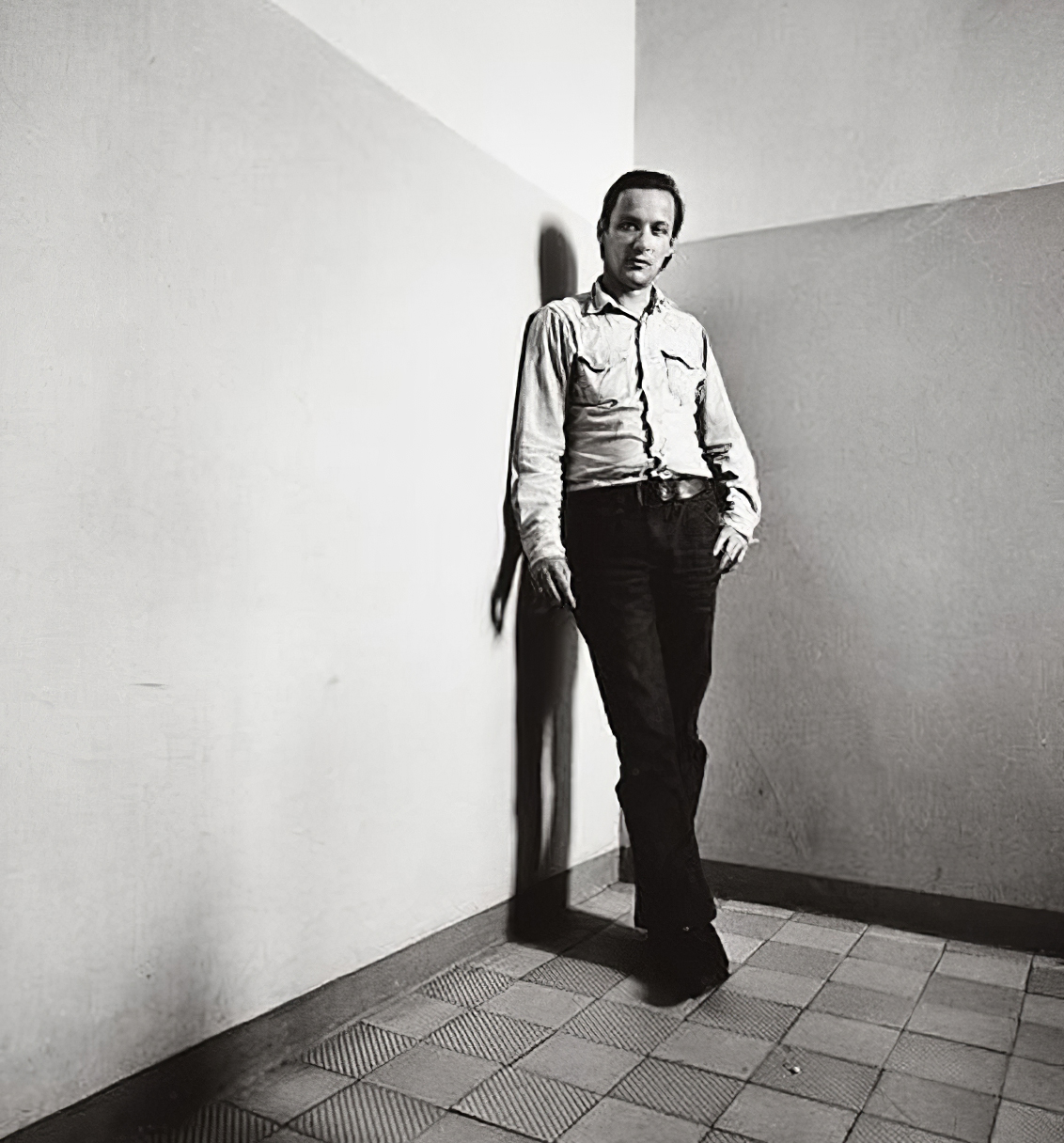 A541: Evening Sale
A541: Evening Sale 

Blinky Palermo
02.06.1943 - 18.02.1977
Germany, Maldives
Blinky Palermo was a German abstract painter.

VAN HAM Kunstauktionen GmbH
A541: Evening Sale
Date: 03.12.2025 18:00 UTC +01:00
Number of lots in the catalog: 519
Lot 37 Heinz Mack. Raster
Heinz Mack (1931) 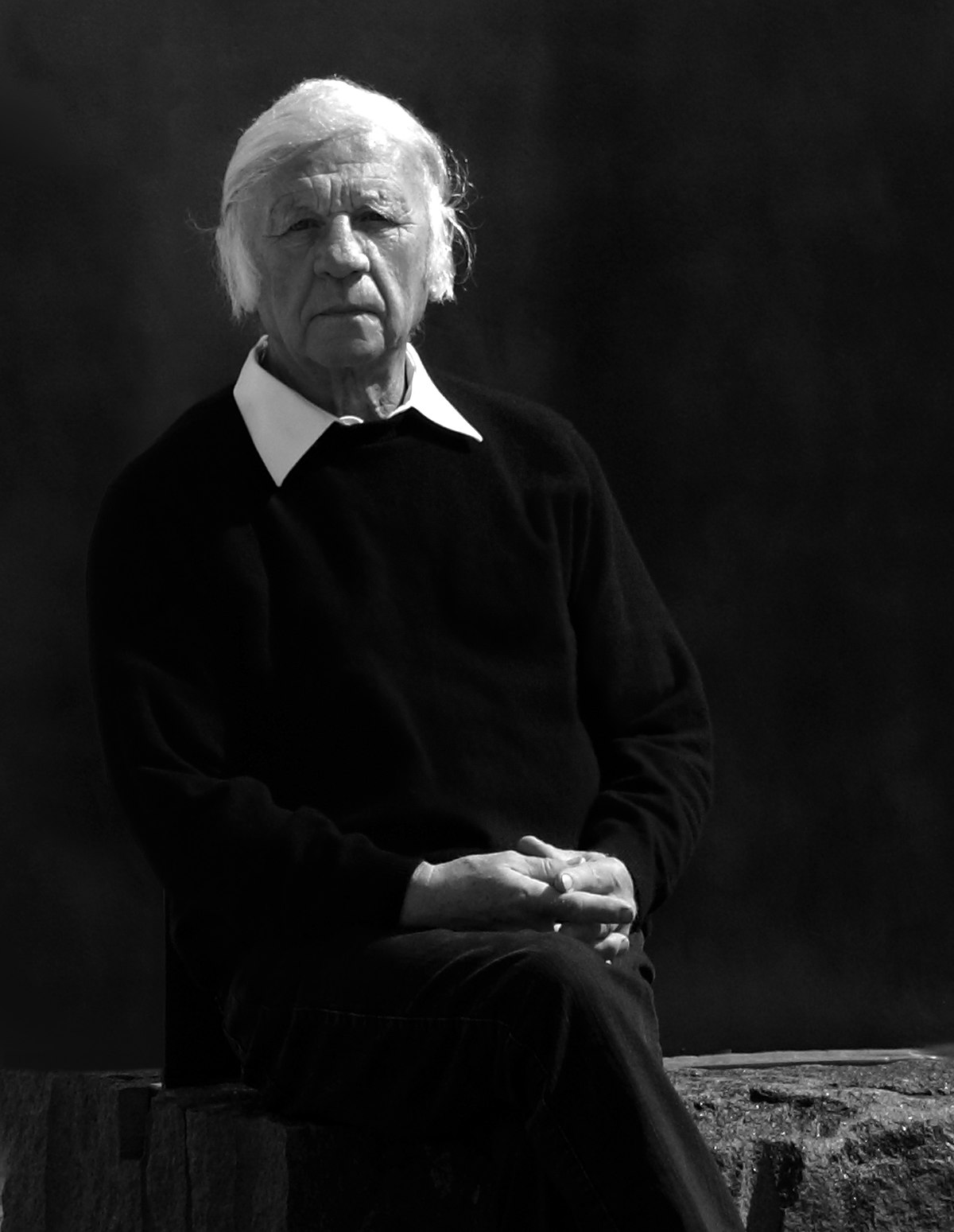 A1282: Galerie Thomas – Part II
A1282: Galerie Thomas – Part II 

Heinz Mack
08.03.1931
Germany
Heinz Mack is a German artist. Together with Otto Piene he founded the ZERO movement in 1957. He exhibited works at documenta in 1964 and 1977 and he represented Germany at the 1970 Venice Biennale. He is best known for his contributions to op art, light art and kinetic art.

VAN HAM Kunstauktionen GmbH
A1282: Galerie Thomas – Part II
Date: 08.12.2025 17:00 UTC +01:00
Number of lots in the catalog: 146
